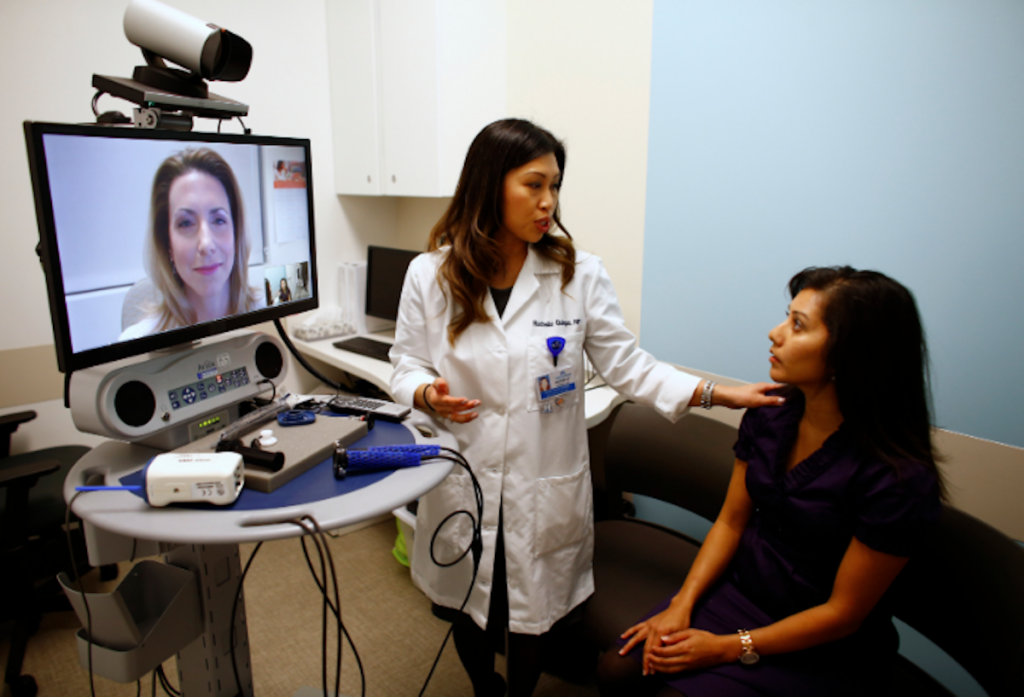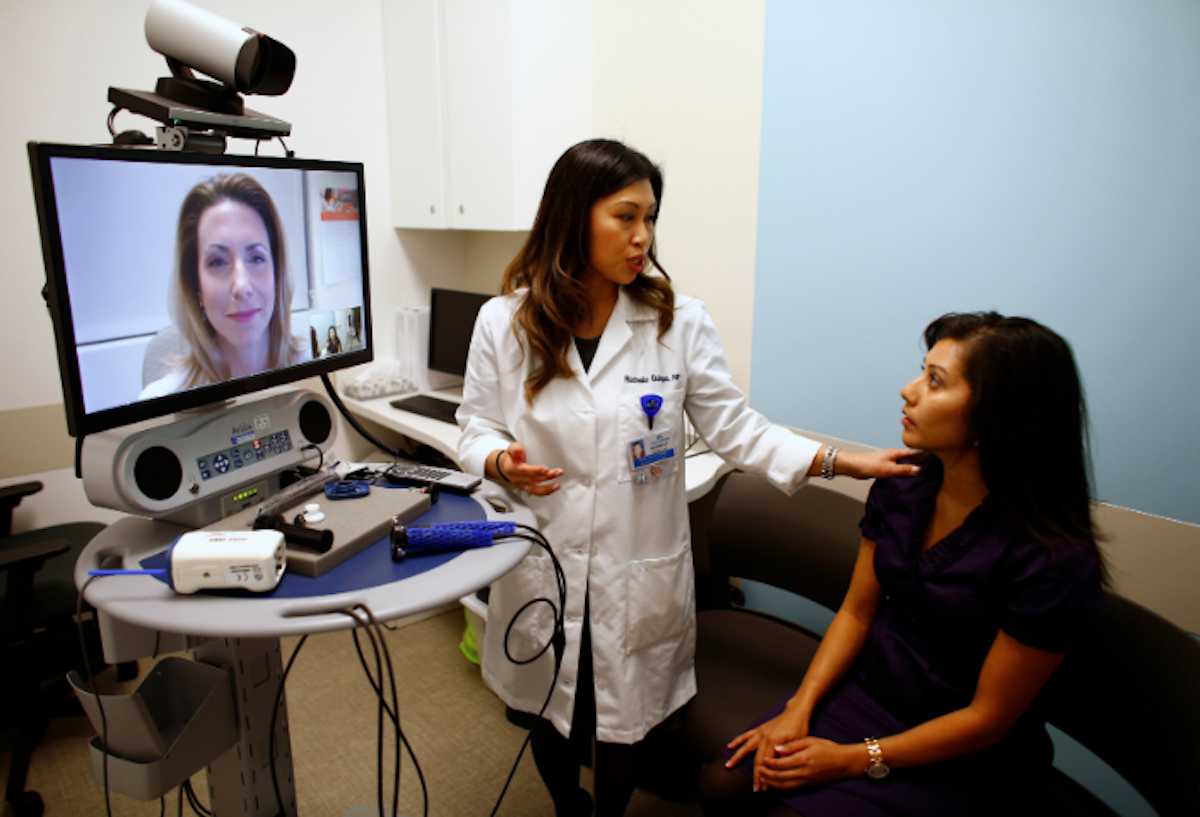Technology acceptance in healthcare over the years has led to better identification and treatment of patients. However, healthcare is the most important of all the benefits of technology adoption. It has improved the standard of living over time and has saved many lives.
The role of technology in healthcare includes patient care, hospital management, attaining and innovating better drugs, and foretelling the course of treatment based on data. The importance of technology in healthcare is long-lasting.
From the internet of Medical Technology (LOMT), an Artificial intelligence expert system, technology is now a surface way to provide quick care management and, in case of emergencies, fewer casualties by providing real-time access to patient history.
The essential purpose of any technological advancement is to better the current system and ease physicians’ work. And improve patient care by reducing human mistakes. The objective is to do all this by decreasing costs and ensuring a seamless experience. The desire to do better has propelled the healthcare IT industry to offer better treatments using big data, mobile technology, virtual reality, wearable medical devices, telehealth, and more.
 Today, we will discuss how this technological progress has affected the healthcare sector.
Today, we will discuss how this technological progress has affected the healthcare sector.
Easier access to information
Technology’s main benefit in healthcare is easier and faster access to necessary information for healthcare professionals and patients. Hospitals and doctors no longer need to entirely depend on the need to keep physical records for patients with the introduction of EHRS. All the information can be easily stored digitally, saving hospital costs and space. Although physical storage is still necessary, a significant portion is digitized, making it very comfortable for doctors to access any information easily. If data needs to be conveyed to another party, it can be done simply within seconds with the internet connection. This way, time is saved, and it helps doctors make decisions in time.
Better patient care
Taking care of patients has become more accessible thanks to technology. Devices such as pacemakers, health trackers, and many brothers make it very easy for users to improve their health.
In the case of any problems, the data monitored through these devices can easily be transferred to doctors who can analyze what is wrong with a patient even remotely.
Telehealth and telemedicine.
Telehealth and telemedicine are the next steps in the world of healthcare. Now patients can easily connect with their doctors from anywhere in the world. Several great telehealth platforms can help patients get the help they need in their homes. These platforms allow patients to check for symptoms, know their medicine, and contact specific doctors.
Conclusion
As discussed, everything in life has two sides to it. While technology may have helped the healthcare sector, it has created new problems for healthcare professionals and society. Therefore, we must balance the advantages and disadvantages of taking advantage of technology.

















